
Understanding Jewelry Metals: A Comprehensive Guide
A Comprehensive Guide to Gold Jewelry: White Gold, Rose Gold, and Yellow Gold
Selecting the perfect piece of jewelry involves more than just the design and gemstone; the choice of metal plays a significant role in determining the overall appearance and longevity of the piece. In this guide, we will explore the unique properties and appeal of three popular gold types: white gold, rose gold, and yellow gold. We will also delve into the alloys used in gold jewelry and their percentages. At Diamond Lab, we use only 18k gold in our jewelry, and 14k gold exclusively for plain wedding bands. Let’s dive into the characteristics of each metal to help you make an informed decision.

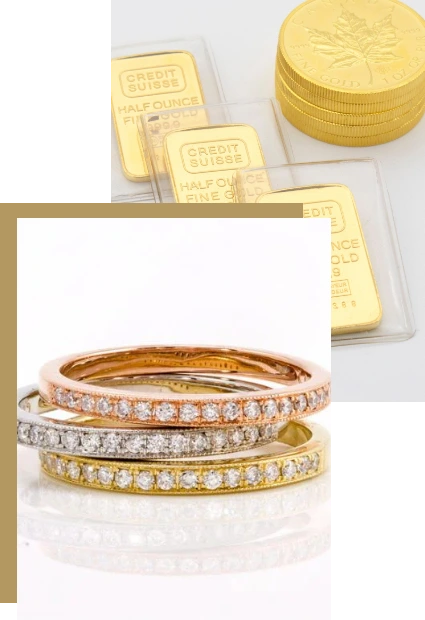

Gold Alloys and Percentages
Pure gold, also known as 24k gold, is too soft for use in jewelry. As a result, it is alloyed with other metals to increase its durability and change its color. The karat (k) system measures the percentage of pure gold in an alloy. Here’s a quick overview of the most common gold alloys:
- 18k gold contains 75% pure gold and 25% other metals.
- 14k gold consists of 58.3% pure gold and 41.7% other metals.
- 10k gold has 41.7% pure gold and 58.3% other metals.
Now let's explore the distinct properties of white gold, rose gold, and yellow gold.
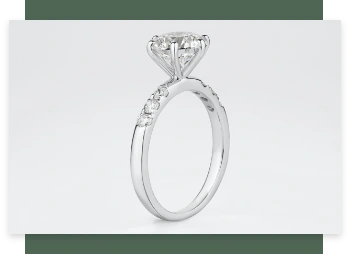
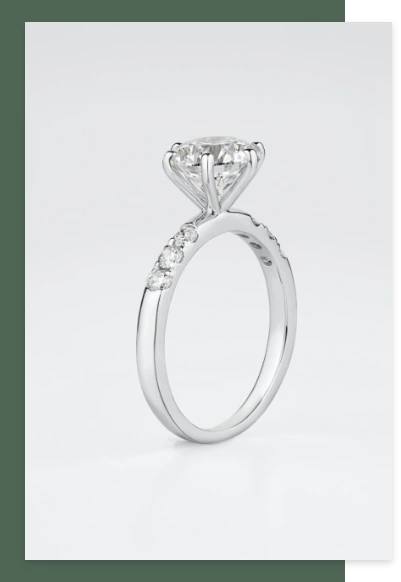
White Gold: The Sophisticated Choice
White gold is an alloy of gold and other white metals, such as palladium, silver, or nickel. It’s coated with a layer of rhodium, which gives it a brilliant white appearance and enhances its durability. Some of the advantages of white gold include:
- Versatility: White gold complements a wide variety of gemstones and skin tones, making it a popular choice for engagement rings and wedding bands.
- Durability: The rhodium plating on white gold adds a layer of protection, making it more resistant to scratches and tarnish.
- Hypoallergenic: White gold alloys made with palladium are hypoallergenic, making them suitable for those with sensitive skin.
Keep in mind that the rhodium plating on white gold will wear off over time, requiring periodic replating to maintain its appearance.
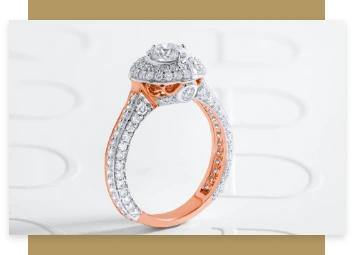
Rose Gold: The Romantic Hue
Rose gold, also known as pink or red gold, is an alloy of gold and copper. The higher the copper content, the redder the hue. Rose gold offers several benefits:
- Warmth: The warm, pink hue of rose gold adds a romantic touch to any jewelry piece and complements various skin tones.
- Durability: The copper in rose gold makes it more durable than yellow gold, and it doesn’t require rhodium plating like white gold.
- Vintageness: Rose gold has experienced a resurgence in popularity, making it a great choice especialy for vintage inspired jewelry lovers who want a unique and contemporary look.
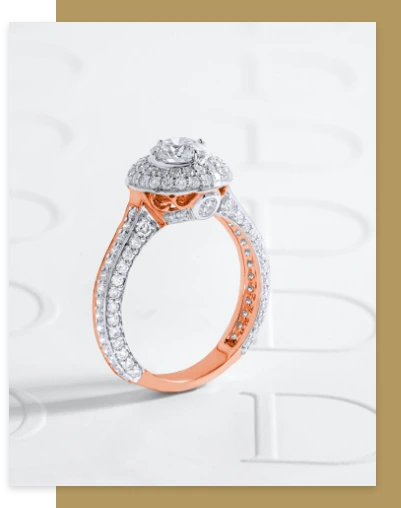
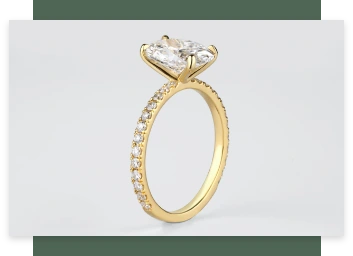
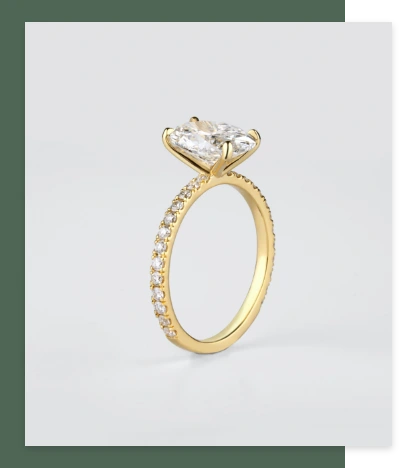
Yellow Gold: The Timeless Classic
Yellow gold is the most traditional form of gold, consisting of pure gold mixed with alloy metals like sterling silver and copper. Here are some reasons to choose yellow gold:
- Classic appeal: Yellow gold has a timeless, classic look that never goes out of style.
- Easy maintenance: Unlike white gold, yellow gold doesn’t require rhodium plating and is easy to polish and clean.
- Hypoallergenic: High-quality yellow gold (such as 18k) is usually hypoallergenic and suitable for sensitive skin. Keep in mind that yellow gold can be prone to scratches and dents due to its softness, so it may require more frequent polishing to maintain its luster.
Gold Recycling: A Sustainable Choice
In recent years, the importance of sustainability in the jewelry industry has become increasingly apparent. One way to contribute to a more eco-friendly jewelry market is by recycling gold. Gold is a highly valuable and recyclable metal, and its ability to be reused without losing its quality makes it an excellent candidate for recycling initiatives.
By choosing to recycle gold, we can reduce the demand for newly mined gold, which often has negative environmental and social consequences. Gold recycling helps conserve natural resources, reduce carbon emissions, and minimize the environmental impact of mining. At Diamond Lab, we recognize the importance of sustainability and proudly use recycled gold in our jewelry pieces. By choosing our jewelry, you are not only getting a beautiful, high-quality piece but also contributing to a more sustainable and eco-friendly future for the jewelry industry.
A Glimpse into the History of Gold


Gold has captivated the human imagination for millennia, with its history dating back to ancient civilizations. As one of the first metals discovered and used by humans, gold has been a symbol of wealth, power, and beauty throughout the ages. Its unique properties, such as its lustrous appearance, resistance to tarnish, and malleability, made it a highly sought-after material for jewelry, art, and currency.
The ancient Egyptians, who were among the first to mine and work with gold, used it extensively in their sacred artifacts and tombs. Goldsmithing techniques continued to evolve through the ages, with different cultures and civilizations creating unique gold items that reflected their artistry and values. Today, gold remains a popular choice for jewelry, retaining its timeless appeal and allure. At Diamond Lab, we honor the rich history and tradition of gold craftsmanship by offering our customers exquisite pieces made from high-quality 18k gold, ensuring both beauty and durability for generations to come.

Ultimately, the choice between white gold, rose gold, and yellow gold comes down to personal preference and the specific requirements of your jewelry piece. Consider factors such as your skin tone, the gemstones in the jewelry, and your desired level of maintenance when making your decision.
At Diamond Lab, we are committed to providing high-quality, sustainable jewelry options. By using 18k gold in our jewelry and 14k gold exclusively for plain wedding bands, we ensure that our pieces are both beautiful and durable. With a better understanding of the different gold types, you can confidently choose the perfect metal for your next jewelry purchase.
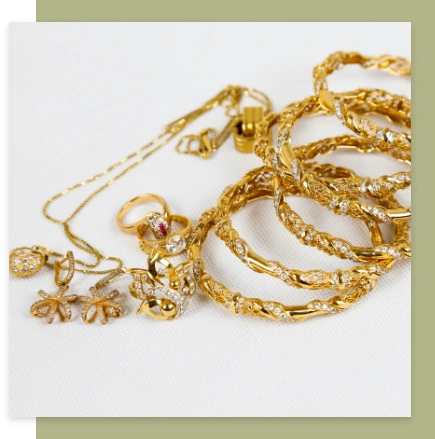
If you have any questions or need assistance in selecting the right metal for your jewelry, please don’t hesitate to contact us at